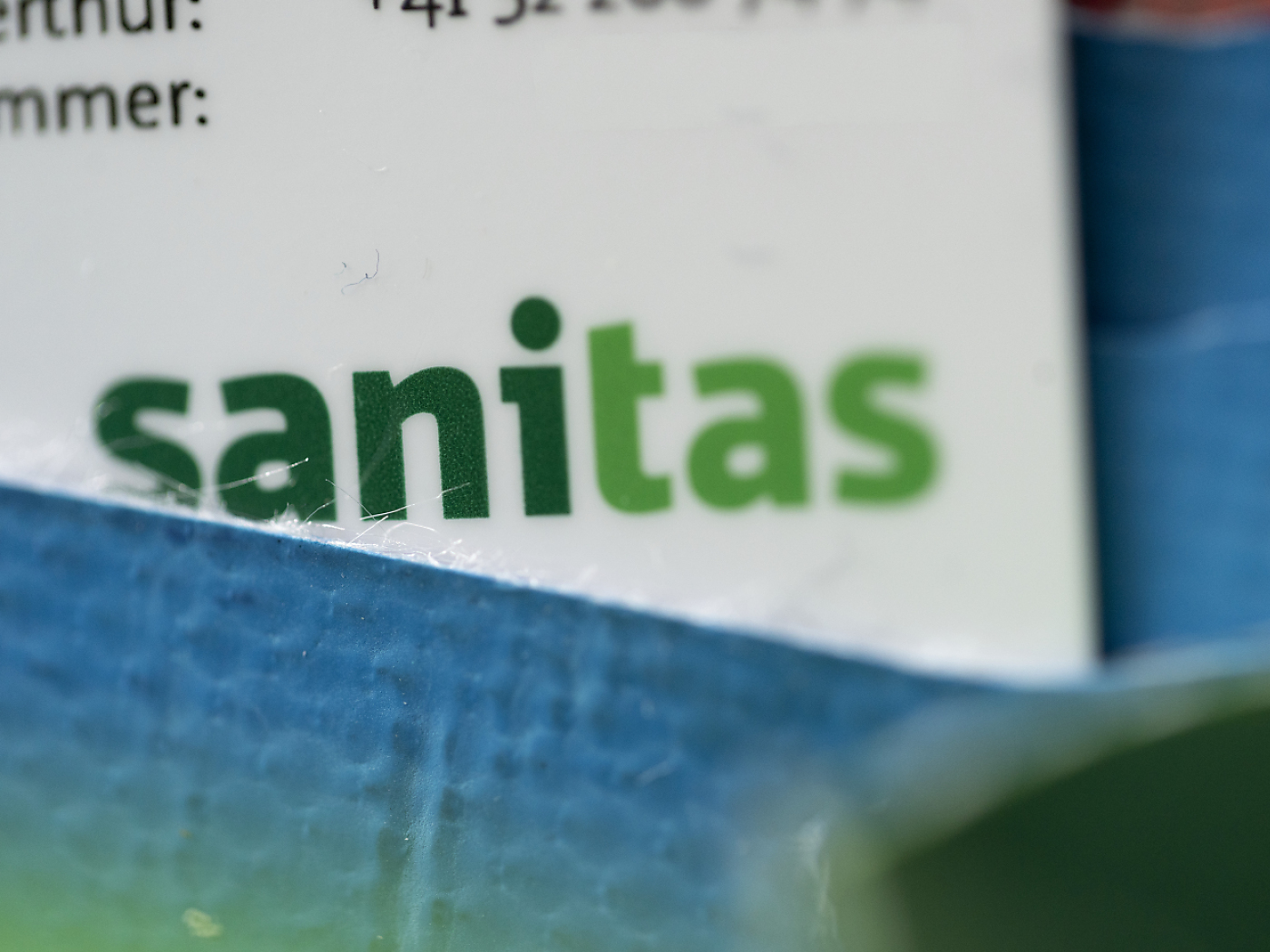Why pets are simply not for Christmas

A pet is guaranteed to make children’s eyes light up, but cuddly Christmas presents can soon become a burden. Animal shelters are reporting more “guests” every year.
“Disillusion comes in January at the latest, when the pet starts to require work, produce dirt and need a lot of time,” said Eva Waiblinger, a zoologist and head of the pet section of the Swiss Animal Protection Society.
This is when many animals end up in sanctuaries, because in general they can’t be returned.
“The animal shelters then become collecting stations for such unwanted presents. It’s a very undesirable situation,” Waiblinger told swissinfo.ch.
Every year animal homes report around 12 per cent more admissions.
“People should therefore refrain from giving animals as surprise presents,” she said, adding that it’s currently far too easy to buy an animal – one or two clicks online usually suffices, which results in impulse purchases which are later regretted.
For the Swiss Animal Protection Society the rule is clear: “Don’t give four-legged presents unless you’ve really thought it through and know what’s in store if something under the Christmas tree starts squeaking, whimpering or shaking.”
“Family project”
“A lot of consideration and preparation is necessary before welcoming a new four-legged or two-winged family member into your home,” Waiblinger said, pointing out that the responsibility can last for up to a couple of decades.
This is why the association describes buying a pet as a “family project”, because the child who is given the animal can’t bear responsibility for it all on his or her own.
“The rest of the family must pull their weight,” she said, adding that various questions need to be addressed.
“What type of pet do you want? Where can you build an enclosure that is suitable for the animal? How will you divide looking after it? Who will look after it during the holidays? Who will take the dog for a walk?”
Trial period
To prepare future pet owners for the responsibilities of owning an animal, the Swiss Animal Protection Society says it has had good experiences with “trial ownership courses”.
Waiblinger for example is helping a neighbour’s child who wants a guinea pig.
“She practises at home, cleans the cage, feeds the animal and learns how to look after a guinea pig. Kids can’t imagine what it’s like having to do this when it’s raining and cold unless they’ve tried it,” she said.
This teaches children that animals are the source not only of pleasure but of less cute, more tangible things.
Plus they can be stubborn. People often underestimate how much time dogs take up. “A puppy needs almost as much time as a small child,” she said.
Rodents and birds on the other hand need more space than is often assumed.
Puppy love
But there are other ways to introduce children to looking after – and indeed owning – pets.
Some zoos let children do voluntary work and thereby learn how to deal with and look after animals.
“That includes clearing up dung and lugging around buckets of water,” Waiblinger said, adding that a child might realise he or she wouldn’t want to spend so much time on a pet of their own and abandon the desire to own one.
“The desire for a pet is usually strongest among primary schoolchildren. As soon as they reach secondary school, priority is given to completely different things.”
Hot, cross bunny
Stuffed animals – in the toy not taxidermy sense – can often be a better option.
“Kids can do absolutely everything with them – tell them all their secrets, dress them up and stick them in a doll’s pram. That doesn’t work with live animals. Actually only cats and dogs are petting animals.”
Waiblinger says not many people know that guinea pigs and rabbits get extremely stressed when they are taken out of their cage, carried around and stroked.
“Animals like guinea pigs don’t resist or show that it’s actually really unpleasant for them.”
Summing up, she says people should give serious consideration to buying an animal, they should choose an appropriate species and work out how to take turns looking after it.
Animal protection associations also recommend giving a new home to an animal from an overcrowded shelter rather than a shop.
There are no precise figures about the number of pets in Switzerland.
However, it is estimated that there are about 1.35 million cats and 500,000 dogs, and about 4.5 million fish.
The Swiss spent nearly SFr670 million ($697 million) on their pets in 2009.
In 2009 about 24,000 unwanted animals were taken in by shelters in Switzerland.
Almost every year since 1999 there has been a rise of 12% in the number of animals taken to shelters.
What do you expect a pet to give you, and what can you give it?
What requirements does the animal have?
How much room does it need?
How much time must you spend on it?
How much will it cost to keep?
Who will look after it when you are away?
(Translated from German by Thomas Stephens)

In compliance with the JTI standards
More: SWI swissinfo.ch certified by the Journalism Trust Initiative














You can find an overview of ongoing debates with our journalists here . Please join us!
If you want to start a conversation about a topic raised in this article or want to report factual errors, email us at english@swissinfo.ch.